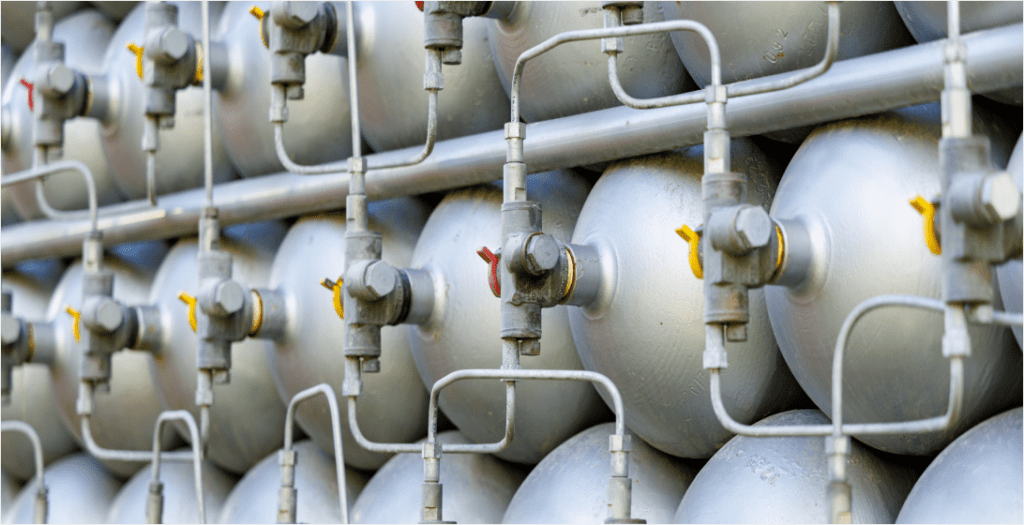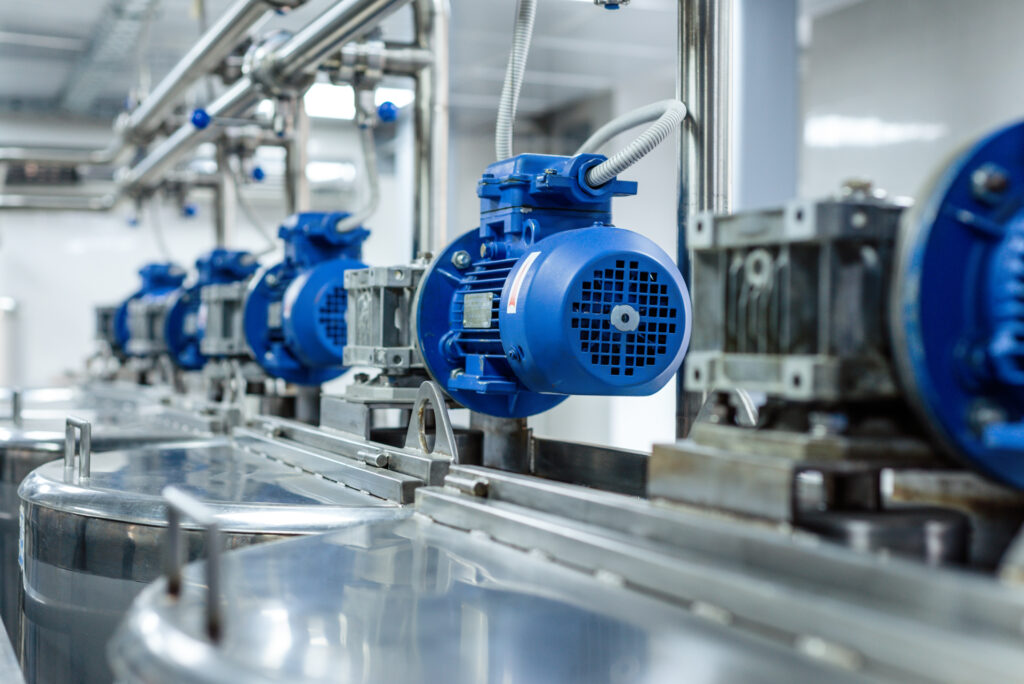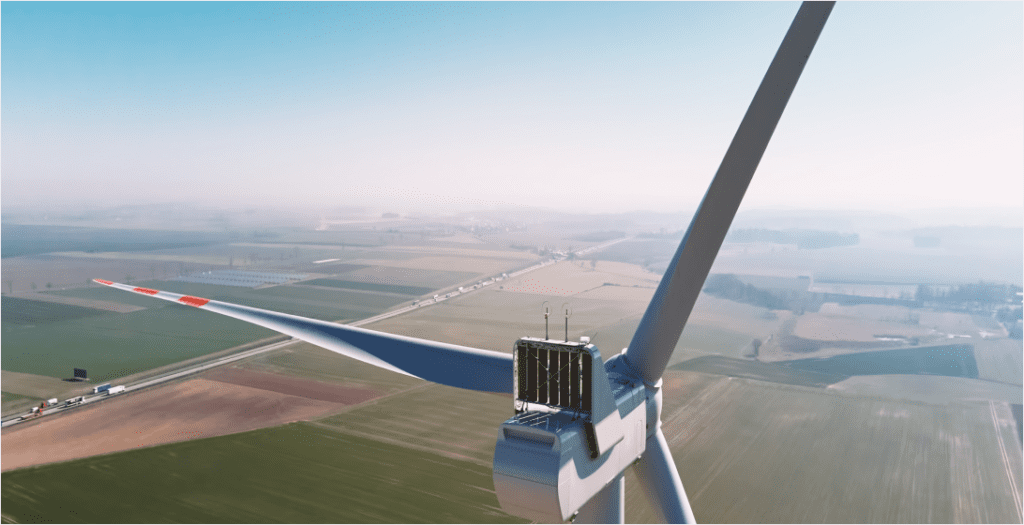1. Background
As air compression is very energy intensive compressed air is the most expensive form of energy. Yet, even in very well-maintained compressed air circuits there are leakages – causing high costs. Mostly, factories have various processes where compressed air is required, but not all are always in use.
2. Description
Compressed air is usually generated centrally and equally distributed within the factory – typically through a single circuit. As a result, also areas which are in no need of compressed air at certain times will be served. This increases compressor loads, due to the friction and leakages within that part of the circuit.
The installation of shut-off valves allows to separate subcircuits or vessels, thereby directly reducing the required air compression and thus energy demand. The larger the piping areas which are shut-off the larger savings.
3. Financial Assessment
The eeaser accelerator provides you with an evaluation of the costs and savings of this measure for your specific case. Please contact us if you are interested!
4. Limitations
- Shutting of sub circuits is only reasonable for longer periods (e.g., more than 2h)
- It needs a clear responsibility or implemented control mechanism to shut of the sub-circuits and reconnect them when needed.
5. Next Actions
- Assess actual demand profile for compressed air for each process.
- Identify processes which are not in permanent need of compressed air.
- Identify location for shut-off valves, while maximizing the piping to be separated.
- Install shut-off valves which allow to separate temporarily unused parts of the circuit.
- Allocate responsibility or implement control mechanism to ensure that sub-circuits are shut-off when possible.
- Enjoy the savings!
6. Further Benefits
Besides a direct reduction of energy demand and costs this measure also increases the lifetime of other components in the circuit and reduces maintenance costs – as less compressed air needs to be generated and treated (filtered, dried, …).
If you are interested in a financial assessment of your specific case or in further concrete energy efficiency measures, for compressed air and other fields, just contact us for access to the eeaser accelerator.



